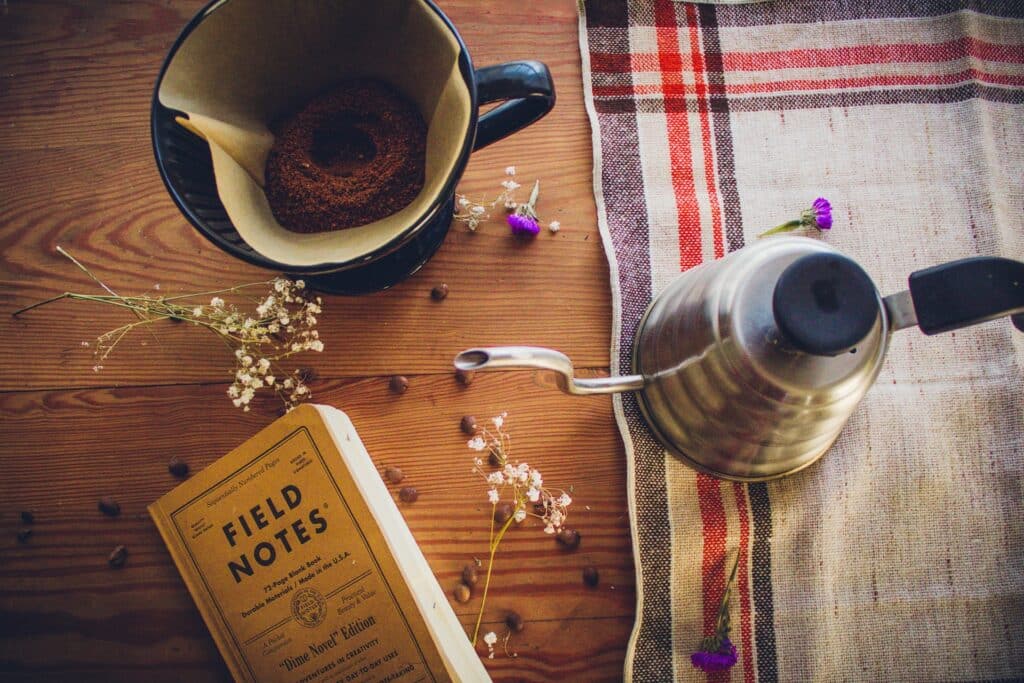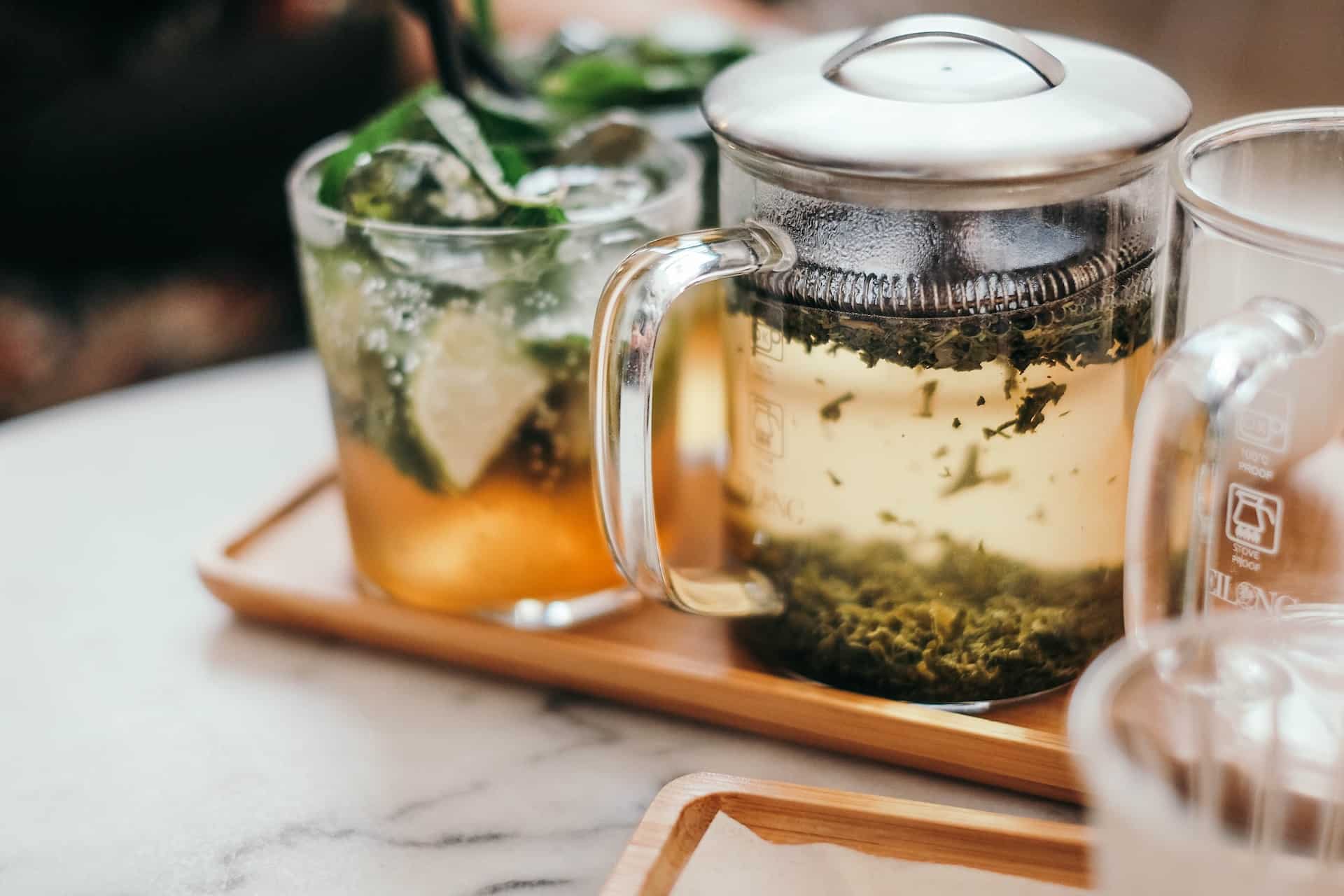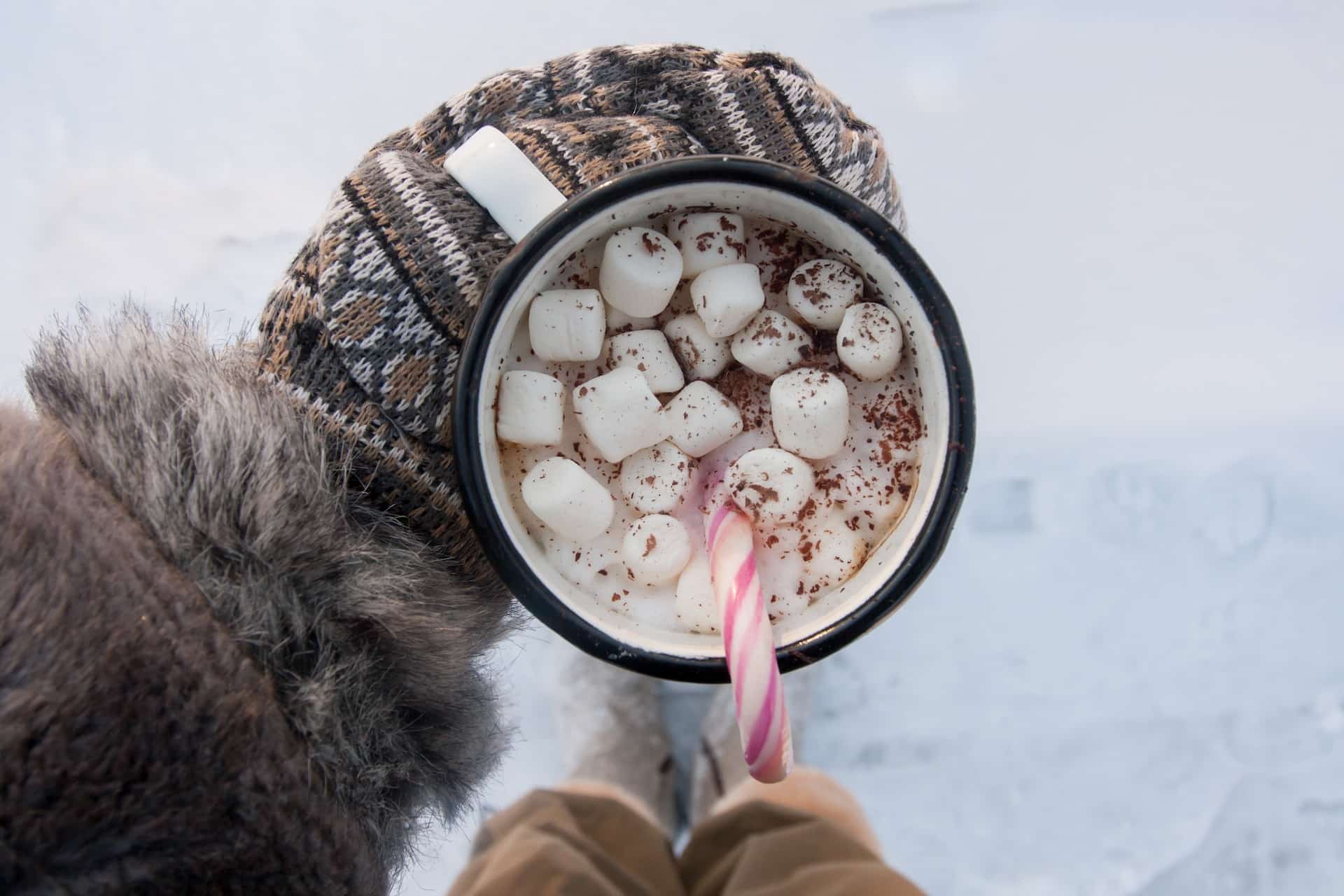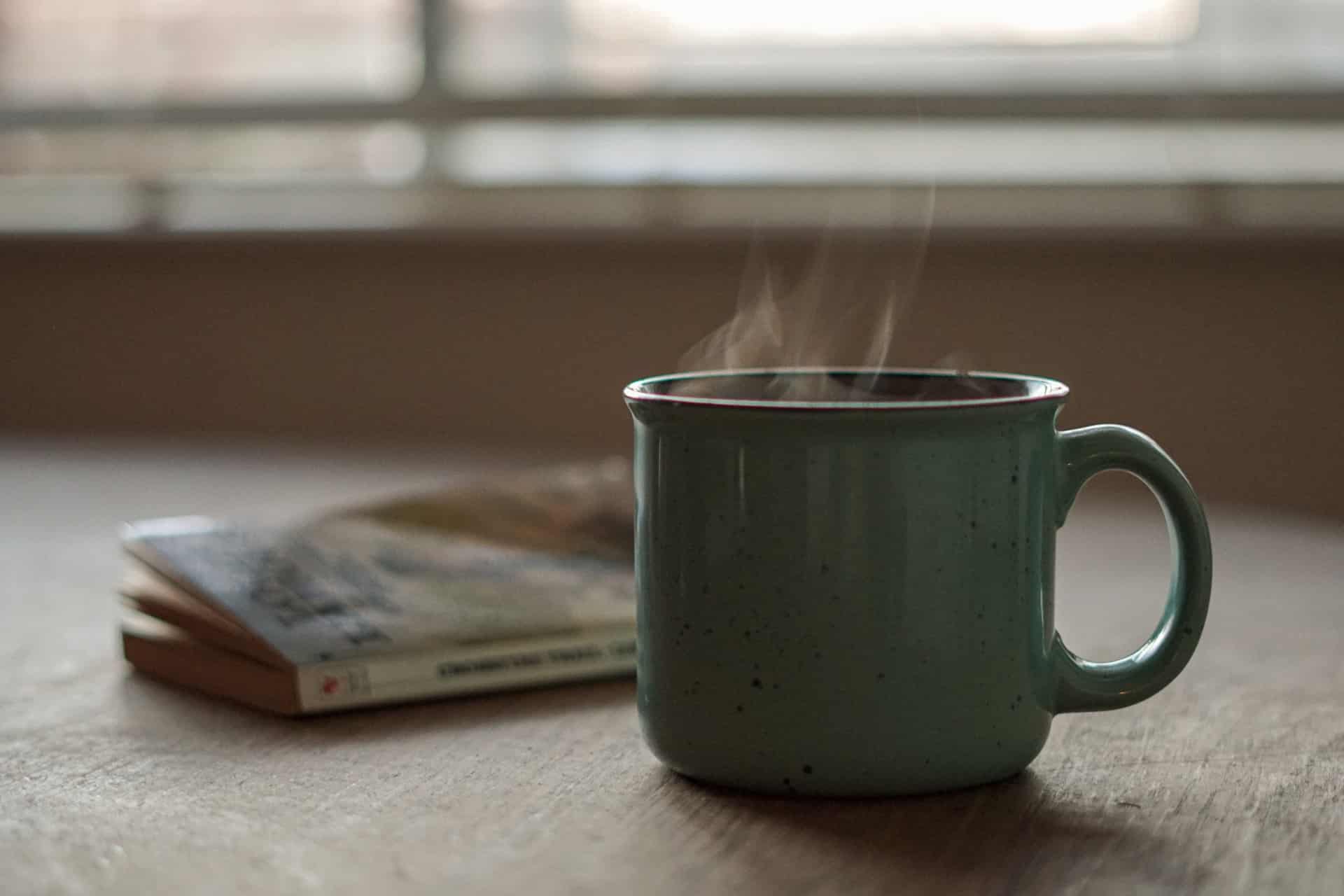Should You Brew Your Hot Drinks at 100°C?

There's more to making your favourite hot beverage than simply hitting the 'boil' button on your kettle. Whether it's tea, coffee, or hot cocoa, the temperature of the water can have a significant effect on the flavour, aroma, and overall enjoyment of your drink.
This article will explore the science behind brewing hot drinks and delve into whether brewing them at 100°C — the boiling point of water — is indeed the best approach.
The Art of Brewing: Understanding Temperature
In this section, we will delve deeper into how temperature impacts different types of hot drinks. The brewing process of each beverage, be it tea, coffee, or hot cocoa, involves a unique interaction with temperature, affecting aspects such as taste, aroma, and nutrition.
It's not just about the heat; it's about understanding and harnessing the perfect brewing temperature for each drink to fully unlock its potential. Let's explore these drink-specific nuances further.
Coffee Brewing: Why 100°C Isn't Ideal
Brewing coffee is more of a science than an art, and temperature plays a pivotal role in this process. The Specialty Coffee Association recommends a temperature range of 92°C to 96°C for the perfect brew, which is considerably lower than the boiling point of water.
The Impact of Temperature on Coffee Flavour
Firstly, brewing within this range allows for optimal extraction of the coffee grounds, releasing the full spectrum of flavours and aromas that enhance the coffee-drinking experience. Conversely, brewing at 100°C or higher risks over-extraction, leading to a bitter and unpleasant taste.
Secondly, the lower temperature range protects the delicate oils present in coffee beans. These oils contribute significantly to the taste and aroma of the coffee. Brewing at 100°C or above can cause these oils to evaporate or even break down, resulting in a loss of flavour.
The Perfect Brewing Temperatures for Different Types of Tea
Different types of tea require different brewing temperatures to fully express their unique flavours and aromas. Here's a brief guide to the optimal brewing temperatures for a selection of popular teas.
Black Tea
Black tea is the most robust among the tea types and can handle the highest temperatures. The optimum brewing temperature for black tea is between 90°C to 98°C.
Green Tea
Green tea, in contrast, is delicate and should not be brewed with boiling water. The ideal brewing temperature for green tea is between 70°C to 80°C to prevent bitter flavours from developing. Read more about brewing green tea here.
White Tea
White tea is the most delicate of all teas and requires a lower temperature for brewing. The perfect brewing temperature for white tea lies between 65°C to 70°C.
Oolong Tea
Oolong tea, a semi-fermented tea, has a wide range of flavours, thus requiring a wider range of brewing temperatures. Lighter oolong teas are best brewed between 80°C to 85°C, while darker oolongs are best between 85°C to 90°C.
The Science Behind Tea Brewing Temperatures
When it comes to tea, temperature plays a crucial role in extracting the plethora of compounds that contribute to its taste, aroma, and health benefits. This extraction process is essentially a scientific reaction between the hot water and the tea leaves, making temperature a key variable in this equation.
Polyphenols, a group of plant-based antioxidants that are abundant in tea, are highly sensitive to temperature. Higher temperatures can extract more polyphenols, but too much heat can also destroy these delicate compounds. This is particularly the case with green and white teas, which are less processed and thus retain a higher amount of polyphenols.
Caffeine, another compound found in tea, is also affected by temperature. However, unlike polyphenols, caffeine dissolves more readily at higher temperatures.
The ideal temperature, therefore, balances the need to extract sufficient flavour without destroying the beneficial compounds. This is why different teas have different brewing temperatures. Higher-temperature-resilient black and oolong teas can be brewed at hotter temperatures for maximum polyphenols and caffeine extraction. In contrast, the more delicate green and white teas need cooler water to protect their compounds and prevent the development of bitter flavours.
Other Popular Hot Drinks and Their Ideal Temperatures
The Perfect Temperature for Brewing Hot Chocolate
Contrary to coffee and tea, brewing hot chocolate involves a different set of factors, primarily because it doesn't involve extraction from a ground product. When preparing hot chocolate, the aim is to achieve a smooth, creamy texture and rich flavour. This generally requires a higher temperature than what is ideal for tea or coffee.
A temperature range of 71°C to 82°C is typically recommended. The lower end of this range helps to dissolve the cocoa powder and sugar effectively, while the higher end facilitates the optimum release of chocolate flavours without scorching the milk. Above this range, there's a risk of burning the milk, which can create an unpleasant taste. It's also worth noting that proteins in milk begin to break down and lose their nutritional value at around 82°C. Therefore, brewing hot chocolate at 100°C or higher is not advisable, as it can lead to both flavour and nutritional loss.
How to Achieve the Perfect Hot Chocolate Temperature
Achieving the perfect temperature for hot chocolate can seem like a daunting task, but by following these tips and techniques, you can ensure a delicious, creamy and rich hot chocolate every time.
- Use a Thermometer: A cooking thermometer is a handy tool when it comes to maintaining the ideal temperature. Keep a close eye on the temperature as you heat the milk to make sure it stays within the desired range.
- Stir Constantly: Constant stirring can prevent the milk and chocolate from scorching. It not only helps to distribute the heat evenly but also aids in fully incorporating the cocoa and sugar.
- Warm the Milk Gradually: A slow and steady increase in temperature allows for better control and prevents sudden overheating.
- Avoid Boiling: Boiling the milk can cause it to curdle and develop a skin. It can also lead to a burnt taste, ruining the overall flavour of your hot chocolate.
- Use Low Heat: Heating the milk on a low heat setting allows for better control over the temperature and reduces the risk of overheating.
Remember, patience is key when it comes to achieving the perfect hot chocolate. It may take a bit longer, but the end result will be worth the wait.
Brewing Herbal Infusions: Is 100°C Too Much?
Herbal infusions, also known as tisanes, are made from a range of botanicals such as herbs, fruits, flowers, and spices. Unlike traditional teas, tisanes do not originate from the Camellia sinensis plant and hence, their brewing temperatures considerably vary depending on the ingredients used.
Generally, most herbal infusions are best brewed below boiling point, between 90°C and 98°C. The high heat is required to fully extract the flavours, aromas, and therapeutic properties of the robust herbs and spices. This is particularly true for roots, bark, and seeds, which are denser and tougher, requiring higher temperatures to break down their cell walls and release their beneficial compounds.
However, there are exceptions. Delicate ingredients like flowers and leaves often require lower temperatures, typically between 70°C to 80°C, to prevent the loss of volatile oils and avoid a bitter or metallic taste. Chamomile and peppermint, for example, are best brewed on the lower end of this spectrum to maintain their gentle flavours and aromas.
As with all hot beverages, the optimal brewing temperature for herbal infusions ultimately depends on personal preference. It's always a good idea to start with the recommended temperatures and then adjust based on taste.
Practical Tips for Controlling Brew Temperature
There are a few options when it comes to controlling water temperature.
Utilising Boiling Water Taps for Temperature Control
Boiling water taps are a modern solution for maintaining precise control over the water temperature. These devices can deliver water at exact temperatures at the touch of a button, making them an ideal tool for tea and coffee connoisseurs. Below are few tips on how to make the best use of boiling water taps:
- Understand the Settings: Boiling water taps often come with adjustable temperature settings. Familiarise yourself with these controls to ensure you can easily set the desired temperature for your brew.
- Maintenance is Key: Regular cleaning and descaling of your boiling water tap will ensure its temperature accuracy and prolong its lifespan. Always refer to the manufacturer's instructions for maintenance guidelines.
- Safety First: Remember that boiling water taps can dispense extremely hot water. Always handle with care and keep out of reach of children.
For those interested in upgrading their brewing experience, consider our best-selling boiling water tap models:
- The Athena 3-in-1 offers boiling water at between 75°C-98°C, plus cold and hot water through a mixer tap.
- The Quantum 4-in-1 also offers temperature-adjustable boiling water, cold and hot water, with the added convenience of filtered chilled water for the purest water on tap.
- The Platinum 5-in-1 offers boiling, cold, hot and filtered chilled water, and also boasts a pull-out spout for maximum convenience.
Other Tips for Temperature Control
If you don't have a boiling water tap, don't fret. You can still brew perfect hot drinks with these practical tips:
- Kettle with Temperature Control: These kettles allow you to set the exact temperature you need for your beverage. They're ideal for brewing different types of tea, each requiring a specific temperature range.
- Thermometer: A simple kitchen thermometer can help you gauge the temperature of your water if your kettle doesn't have a temperature control feature.
- The Wait Method: This is a traditional method where you let freshly boiled water cool down for a few minutes to reach the desired temperature. This method requires some trial and error to find the right waiting period for each type of drink.
With these tips and techniques, you're well on your way to brewing beverages with optimal flavour and nutritional benefits. Enjoy your brewing journey!





